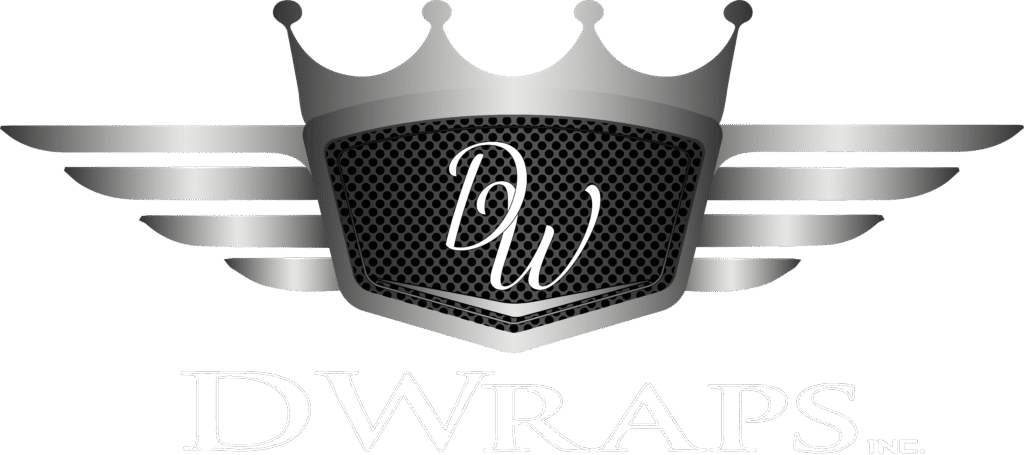Here’s how to protect your investment and avoid hidden costs
Buying or leasing a new car is exciting — until the first rock chip, scratch, or swirl shows up on your pristine paint.
And that’s when most people start wondering:
Is paint protection film worth it?
The short answer: yes — if you care about protecting your investment, whether you plan to keep the car long-term or return it after a lease.
In this guide, we’ll break down why paint protection film (PPF) makes sense for both car buyers and lessees, and how it helps prevent costly surprises down the road.
What Is Paint Protection Film (PPF)?
Paint Protection Film is a clear, ultra-durable urethane layer applied to your car’s painted surfaces. It acts as a barrier between your vehicle and:
- Rock chips
- Road debris
- Scratches
- Bug splatter
- Bird droppings
- UV damage
High-quality PPF like 3M, XPEL, or SunTek even features self-healing technology — light scratches and swirls disappear with heat or sunlight.
Why Paint Protection Film Is Worth It for Car Buyers
If you own your car — especially a luxury or performance vehicle — keeping it looking like new is more than just aesthetic.
Here’s how PPF protects your long-term investment:
✅ Preserve Your Car’s Resale Value
A clean exterior translates to higher resale value. Paint chips, fading, and scratches can drop your trade-in price by thousands.
✅ Avoid Costly Repairs
Repainting a bumper or hood can cost $800–$2,000. PPF prevents damage in the first place — no respray needed.
✅ Long-Term Peace of Mind
PPF lasts 5–10 years when installed properly. That’s a full decade of protection for a one-time cost.
💡 Pro Tip: Pair PPF with a ceramic coating for the ultimate combo of shine + protection.
View our ceramic coating services
Why PPF Is a Smart Choice for Leased Vehicles
Think leased cars don’t need protection? Think again.
Even if you’re not keeping the car, you’re still financially responsible for its condition at the end of the lease.
✅ Avoid Lease Return Charges
Minor damage can lead to major fees. Most lease agreements charge $400–$1,000 per panel for scratches or chips.
✅ PPF is Cheaper Than Penalties
Installing partial PPF (like a front-end kit) costs less than paying for paint corrections or bumper touch-ups when you return the car.
✅ Drive Without Worry
If you commute daily or drive on highways often, PPF keeps your leased car looking flawless — so you don’t have to stress about every rock on the road.
Is Paint Protection Film Better Than Ceramic Coating?
These products are often compared, but they serve different purposes:
| Feature | Paint Protection Film (PPF) | Ceramic Coating |
|---|---|---|
| Scratch resistance | ✅ Excellent | ❌ Minimal |
| Rock chip protection | ✅ Yes | ❌ No |
| Gloss enhancement | ✅ Good | ✅ High |
| UV protection | ✅ Yes | ✅ Yes |
| Water repellency | ✅ Some films do this | ✅ Excellent |
| Durability | ✅ 5–10 years | ✅ 2–5 years |
💬 Many drivers choose both for full protection + long-lasting shine.
When to Apply PPF: Sooner Is Better
The best time to apply PPF is right after purchase or delivery — before any damage occurs.
Waiting too long? You risk:
- Rock chips that can’t be fixed without paintwork
- Deep scratches that PPF can’t hide
- Fading paint that lowers your resale value
Once the damage is done, protection becomes correction — and that’s far more expensive.
Final Thoughts: Is Paint Protection Film Worth It?
If you value your car — whether you own it or lease it — then yes, paint protection film is absolutely worth it.
It protects your paint.
It saves you money.
And it gives you peace of mind every time you get behind the wheel.
At DWraps & Tint, we’ve helped hundreds of drivers in Southern California protect their vehicles with expertly installed, premium-grade PPF.
We’re not here to upsell. We’re here to help you drive confidently — knowing your car is protected from Day One.
📌 FAQ: Is Paint Protection Film Worth It?
Q: Does PPF make sense for leased cars?
Yes — it helps avoid costly lease return fees due to cosmetic damage.
Q: How long does PPF last?
With proper installation and care, high-quality PPF lasts 5–10 years.
Q: Can I install PPF on older cars?
You can, but it’s most effective when the paint is in great condition (i.e., right after purchase).

